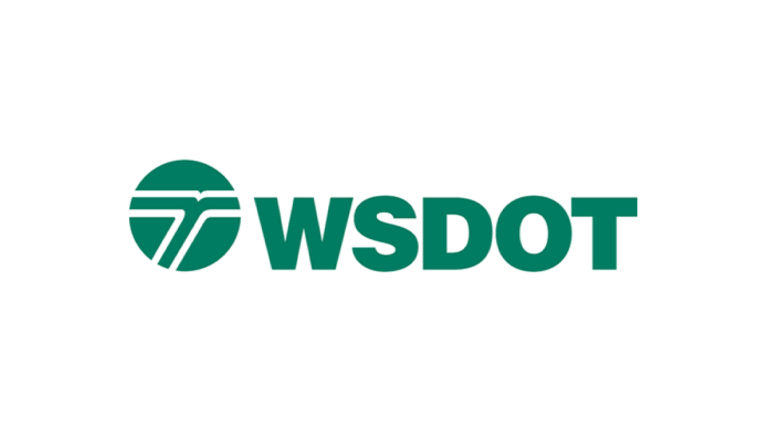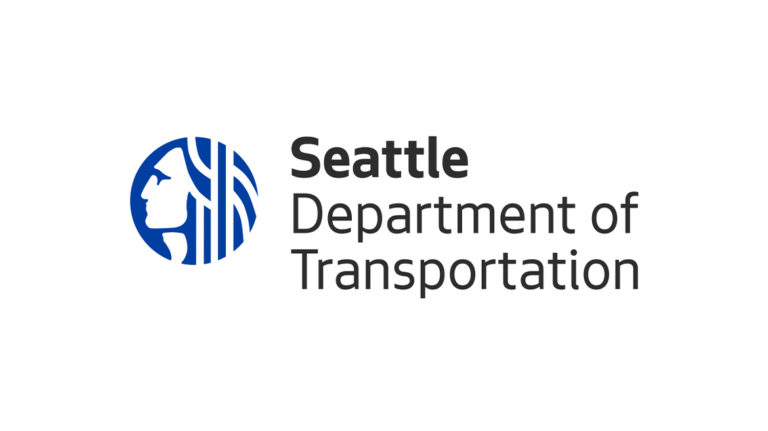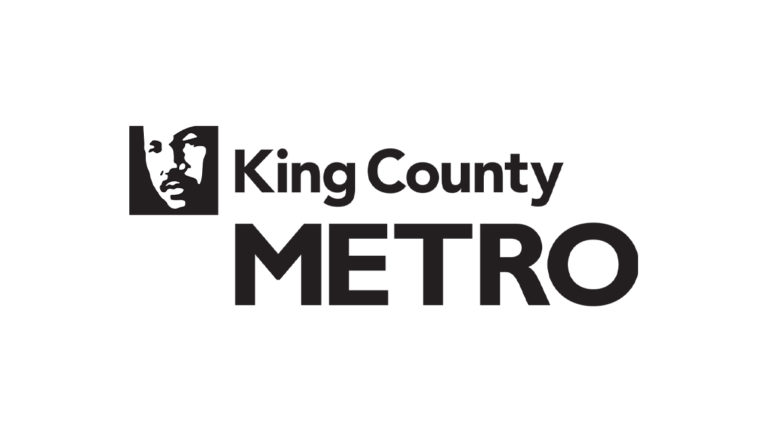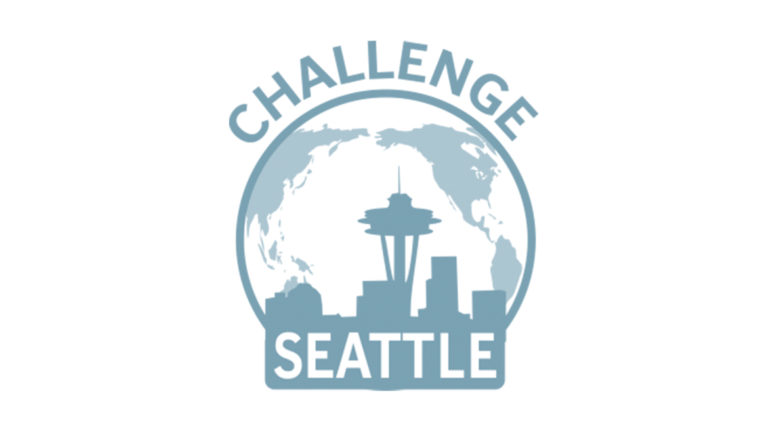
Washington State Patrol (WSP), Seattle Fire Department (SFD), Incident Response Team (IRT) from WSDOT, WSP 9-1-1 dispatch.
Issue
When a major traffic incident occurs, incident response operations are well established and functioning efficiently, however, interagency management of the resulting traffic congestion is often siloed and complex. As a result, in 2017 alone, four extraordinary traffic incidents impacted the Seattle I-5 corridor, each taking more than 6 hours to clear. For every minute a highway lane is blocked, four to ten minutes of traffic congestion results, costing the region millions of dollars in lost economic value. These incidents also lead to secondary collisions, increased fuel consumption, and air pollution.
Spark
After conducting a series of tabletop incident response exercises, a UW research team in the CoSSaR Lab identified a need for coordinated operations and technology solutions that could help to support multi-jurisdictional congestion management across the region.
Overview
Like incident management, congestion management is a complex multi-agency, multi-jurisdictional activity involving State and City agencies, such as law enforcement, fire, transit, emergency management, and transportation departments. Unlike incident management, incident-generated congestion continues after the incident is cleared, involves a more-diverse group of stakeholders, and covers not only a greater portion of the freeway, but also the interconnected arterials and alternate modes of transportation, as well as the people, facilities, and services that rely on transportation infrastructure. This wider congestion management perspective calls for greater coordination across traffic incident management and congestion management operations.
Innovation
The report recommendations make clear the need to formalize and empower an extended community that is ready to work together. Moving forward, the formation of a Seattle area interagency working group will help to support multi-agency preparedness, resilience, and ability to act as a coordinated community.
Materials
- Read the report
- View the press release
Impact
Six regional agencies have formally agreed to work together to implement the report’s recommendations. All have signed on to a charter establishing the Seattle Area Joint Operations Group (SAJOG), which will define a regional framework for joint operations, information sharing, shared technology, and policies that enable an expanded response to major incidents.
Team
This project was initiated through a meeting of WSDOT, SDOT, King County Metro Transit, and Challenge Seattle. The research was conducted through the University of Washington’s Mobility Innovation Center (MIC) and Transportation Research Center (TRAC) and led by the UW Center for Collaborative Systems for Security, Safety and Regional Resilience (CoSSaR).
Academic Department
Faculty Leadership
Contributors
- Sonia Savelli, PhD
- Sarah Yancey, MPH
- Kat Selvocki




